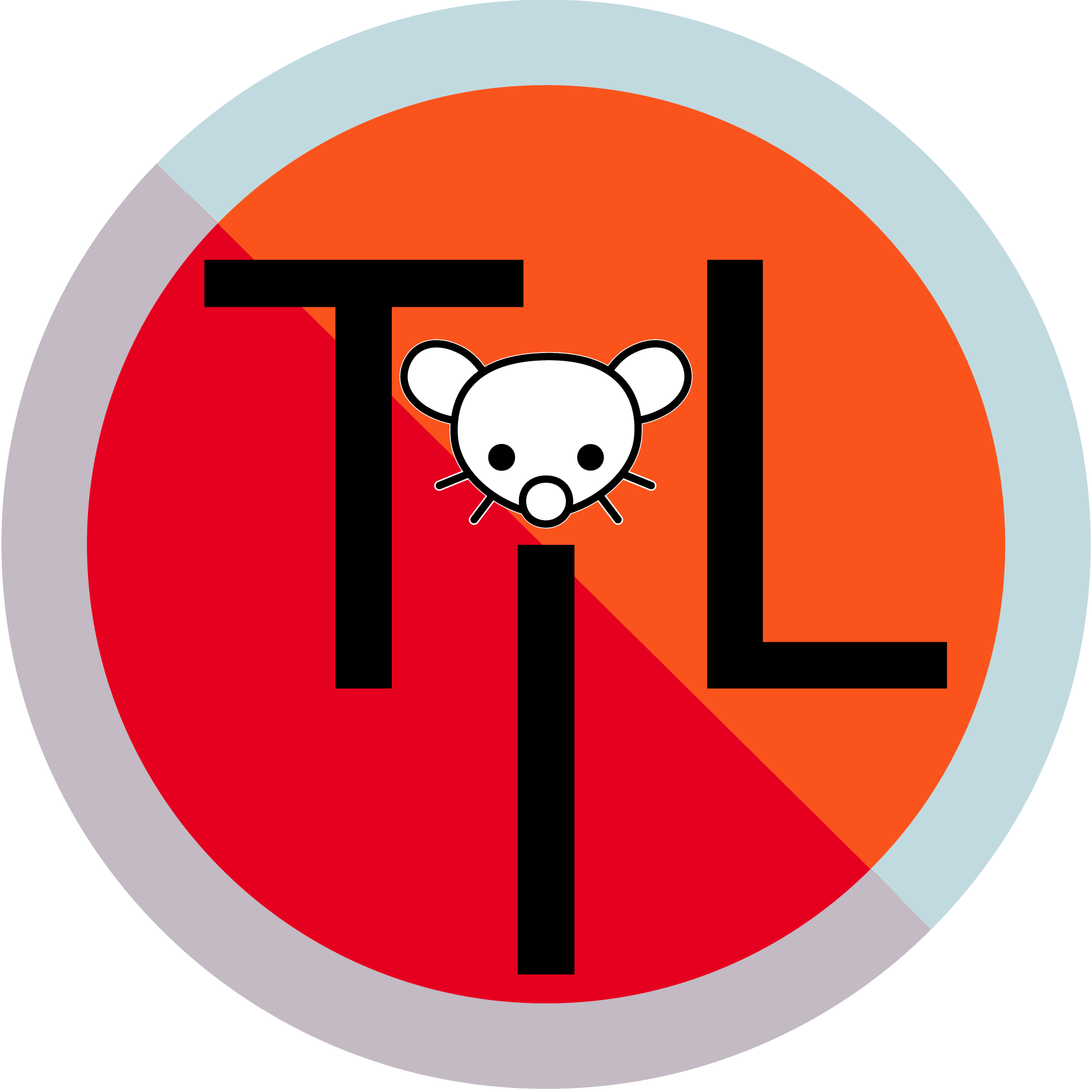

They had the right product at the right time. No other free or paid alternative was that user friendly in allowing laymen in mixing and matching multiple disks and having redundancy
Doing that with pure Linux command line at the time it was inconceivable for 99% of users (at most a raid1 with mdadm over two drives could be easily attained) and windows home server initially was an alternative but Microsoft was completely misguided and “improvements” in Windows home server 2 completely killed it
Then they added docker support and it was even easier to self host everything.
But if they tried to launch today, with how mature are free alternatives, they would never reach critical mass adoption to be sustainable.
For example, I don’t think that the paid fork of truenas that LTT has economically backed is going to be successful





As an user that paid for windows home server, why windows home server 2(011) was a complete failure